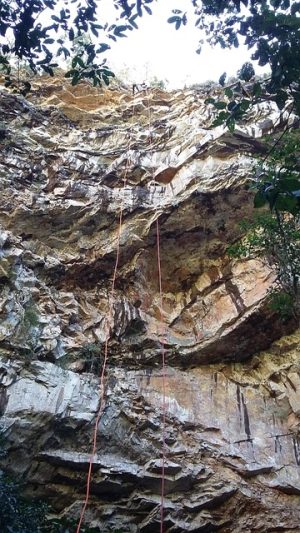Fixing foundation cracks early is crucial to prevent water damage and structural issues. Prompt crack sealing with high-quality epoxy or polyurethane resins stops water intrusion and minimizes further crack growth, saving money and effort in the long term. The right waterproofing techniques, led by elastic sealants and protective coatings, ensure structural longevity. Avoiding mistakes like using the wrong product or skipping professional services is key. Regular maintenance, including inspections and proper drainage, preserves the effectiveness of these solutions, protecting homes from water damage and enhancing property value.
“Foundation cracks can be more than just aesthetic concerns; they are potential entry points for water, leading to costly damage and structural issues. Understanding these cracks, their causes, and the best methods for fixing foundation cracks is crucial for any homeowner.
This comprehensive guide explores effective strategies for waterproofing and sealing cracks, from identifying different crack types to choosing the right materials and techniques. We’ll also delve into DIY vs professional options, share success stories, and offer maintenance tips to ensure your home remains protected against future water intrusion.”
Understanding Foundation Cracks: Causes and Types
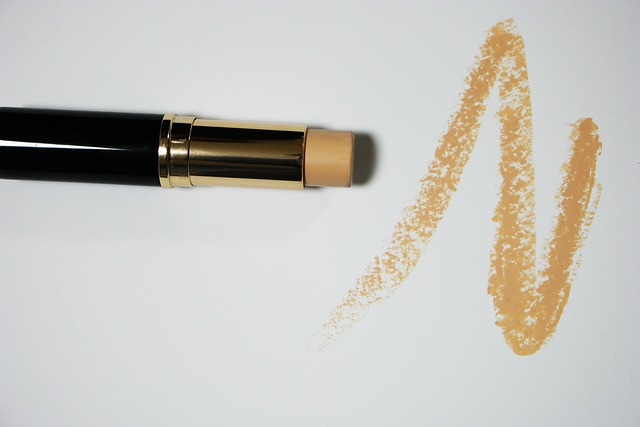
Foundation cracks can be a common concern for many homeowners, indicating potential structural issues or water damage. Understanding their causes and types is essential when considering crack sealing and waterproofing solutions. These cracks may result from various factors such as settlement of the soil beneath the foundation, seasonal changes causing ground heave or freeze-thaw cycles, or more severe issues like improper construction or underground water pressure.
There are several types of foundation cracks, each requiring a tailored approach for fixing foundation cracks. Hairline cracks, often visible on interior walls, suggest minor movement and may be caused by normal concrete shrinkage. Wider cracks, typically found in basement walls or floors, could signal more significant problems like structural instability or water intrusion. Identifying the specific type of crack is crucial to determine the most effective sealing and waterproofing methods for long-term protection.
The Importance of Prompt Crack Sealing
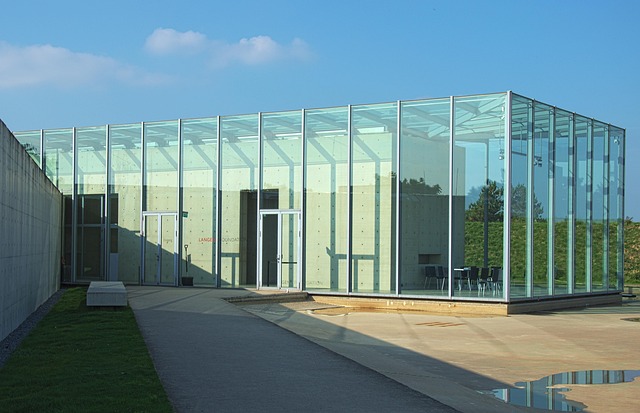
Prompt crack sealing is an essential step in fixing foundation cracks, acting as a crucial defense against water intrusion and further damage. Even minor cracks can expand over time, especially when exposed to varying weather conditions, leading to more significant structural issues. Sealing these cracks promptly prevents moisture from penetrating into the concrete, which could result in costly repairs or even compromise the integrity of the foundation.
By addressing crack sealing early, homeowners and building managers can save money and effort in the long run. It’s a proactive measure that slows down the natural process of crack growth, ensuring stability for years to come. This simple yet effective technique plays a vital role in waterproofing efforts, making it an integral part of any maintenance routine.
Materials Used for Effective Crack Sealing

When it comes to fixing foundation cracks, the materials chosen play a pivotal role in ensuring long-term effectiveness and durability. The primary components for crack sealing typically include high-quality epoxy or polyurethane resins, along with specialized additives designed to enhance adhesion and flexibility. Epoxy resins, known for their exceptional strength and resistance to chemicals, are often preferred for more severe cracks. They form a strong bond with the concrete, filling the crack from root to tip, preventing further damage and water intrusion.
Polyurethane resins, on the other hand, offer excellent elasticity and are suitable for broader cracks or areas where movement is expected. These materials can expand and contract with changes in temperature and humidity without compromising their seal. The choice between epoxy and polyurethane depends on the crack’s width, depth, and the level of movement in the structure. Combining these resins with appropriate fillers, such as silica sand or fine aggregate, enhances the mixture’s compressive strength and helps it better withstand environmental conditions, thereby contributing to a robust fix for foundation cracks.
Waterproofing Techniques for Long-Lasting Protection
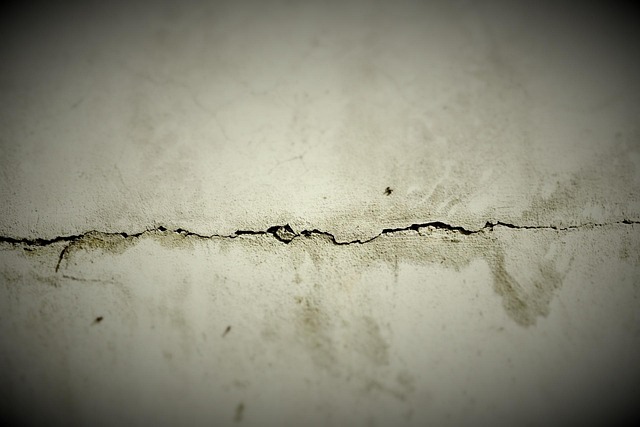
Waterproofing techniques play a pivotal role in ensuring long-lasting protection for structures, especially when addressing foundation cracks. One effective method involves applying elastic sealants that can fill and bond with these cracks, preventing water intrusion. These sealants are designed to stretch and expand, creating a flexible barrier that withstands movement and age. When fixing foundation cracks, professionals often use modern elastomeric sealants that offer superior durability compared to traditional materials.
For more robust protection, coatings and membranes can be employed as an additional layer of waterproofing. These solutions create a physical barrier, blocking moisture from penetrating the smallest cracks and crevices. By combining sealant application with these protective layers, homeowners and contractors can achieve comprehensive water resistance, prolonging the lifespan of structures and preventing costly repairs associated with water damage.
Common Mistakes to Avoid During the Process
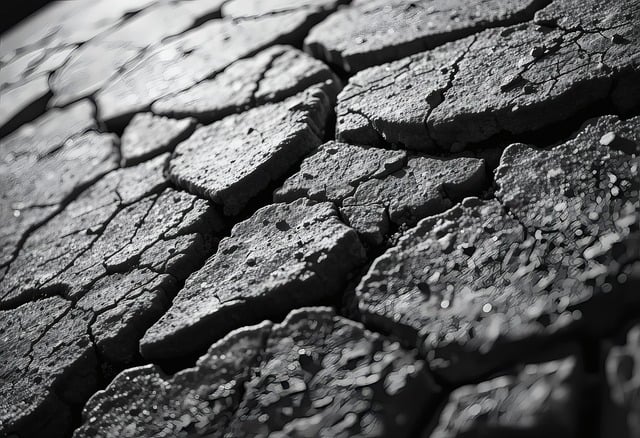
When undertaking crack sealing and waterproofing, several common mistakes can be avoided for optimal results in fixing foundation cracks. One of the most frequent errors is attempting to apply a sealant without properly preparing the surface. It’s crucial to clean the cracks thoroughly, removing any debris, dirt, or loose material, as these can compromise the adhesion of the sealant. Using the wrong product for your specific crack type and size is another common pitfall; different cracks require diverse solutions, from epoxy injections for wider gaps to silicone-based sealants for narrower ones.
Neglecting weather conditions is also a mistake that can impact the process’s effectiveness. Applying sealants in extreme temperatures or during precipitation can lead to poor bonding and reduced longevity of the repair. Always check the product instructions and ensure ideal environmental conditions before starting. Additionally, skimping on labor or using low-quality materials might save money upfront but will likely result in costly repairs down the line due to inadequate waterproofing and sealing.
Professional vs DIY Crack Sealing: Which is Right for You?

When it comes to fixing foundation cracks, deciding between professional crack sealing and DIY methods is essential for effective waterproofing. While do-it-yourself (DIY) solutions can be appealing due to their cost-effectiveness and accessibility, professional services offer a more comprehensive and long-lasting fix.
Professional contractors possess the expertise and specialized equipment needed to properly assess and address crack sealing. They understand the various types of cracks and the best sealants to use, ensuring a durable repair that prevents water intrusion. DIY methods might provide temporary solutions but may not account for all potential issues, leading to further damage and costly repairs down the line.
Case Studies: Successful Crack Sealing and Waterproofing Projects

In recent years, numerous successful crack sealing and waterproofing projects have showcased the transformative potential of these solutions in various environments. One standout case involves a historical building undergoing renovation. Despite its age, the structure presented significant foundation cracks that not only compromised its structural integrity but also led to substantial water infiltration. Through meticulous assessment and application of advanced crack sealing techniques, combined with a robust waterproofing membrane, the project successfully halted further damage, preserved the building’s architectural beauty, and ensured its longevity for future generations.
Another notable example is a large-scale residential development in a region prone to heavy rainfall. Developers faced the challenge of creating durable, water-resistant foundations to prevent seepage into basements and crawl spaces. By implementing a comprehensive crack sealing program during construction, coupled with specialized waterproofing coatings, they achieved exceptional results. This proactive approach not only protected homes from potential water damage but also enhanced the overall value of the properties, demonstrating the significant impact of fixing foundation cracks effectively.
Maintenance Tips for Preserving Sealant Effectiveness
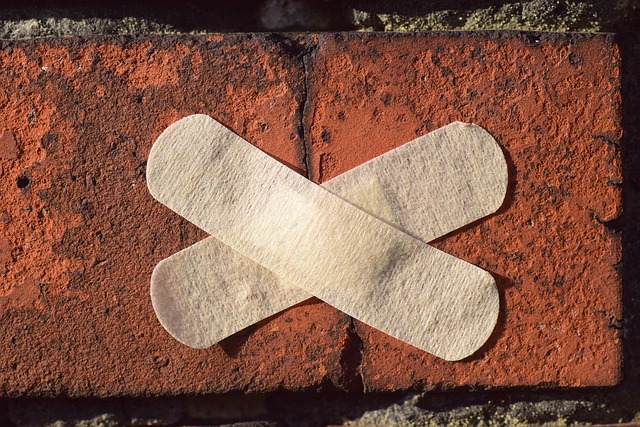
Regular maintenance is key to preserving the effectiveness of your crack sealing and waterproofing efforts, especially when it comes to fixing foundation cracks. Start by inspecting the sealed areas periodically, as some sealants may degrade over time due to exposure to harsh weather conditions or shifting soil. Look for any signs of damage, such as cracked or peeled sealant, which could indicate a loss of integrity.
Keep the sealing areas clean and free from debris to ensure optimal adhesion. Use a soft brush or vacuum to remove loose dirt and grime regularly. Additionally, maintain proper drainage around your property to prevent water accumulation near the foundation. Proper waterproofing is enhanced when water isn’t trapped against the walls, helping to reduce pressure that can cause further crack propagation.
Future-Proofing Your Home: Preventative Measures
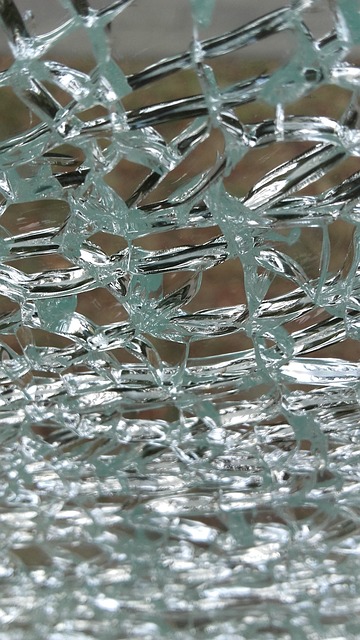
Future-proofing your home against potential water damage and structural issues is a proactive approach that every homeowner should consider. One effective method to achieve this is by addressing foundation cracks early on. These tiny creacks might seem insignificant, but they can be the first signs of more severe problems, such as settlement or heave, caused by varying ground conditions and moisture levels.
By sealing these cracks, you create a protective barrier that prevents water from seeping into your home’s basement or crawl space. This simple preventative measure not only keeps out humidity but also blocks the entry of wood-destroying insects, mold, and mildew, ensuring the longevity of your property. Regular inspection and timely repair are key to maintaining a dry, healthy, and safe living environment.
